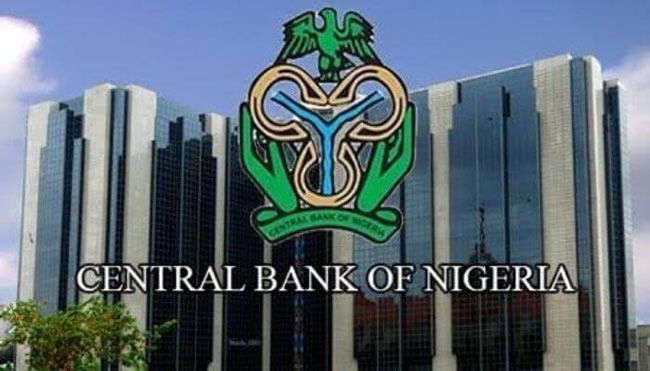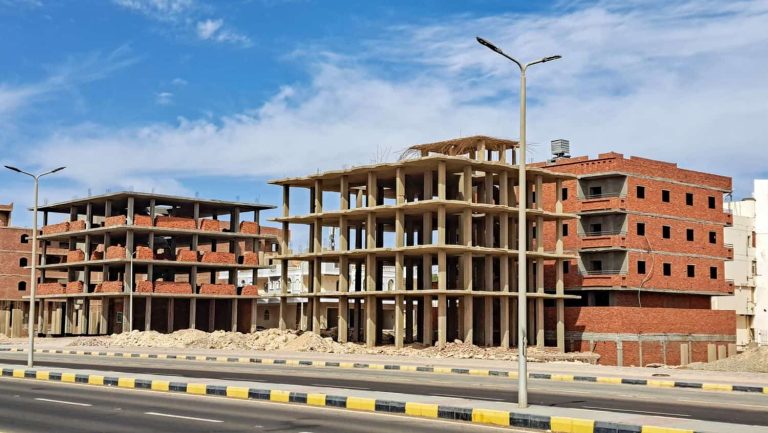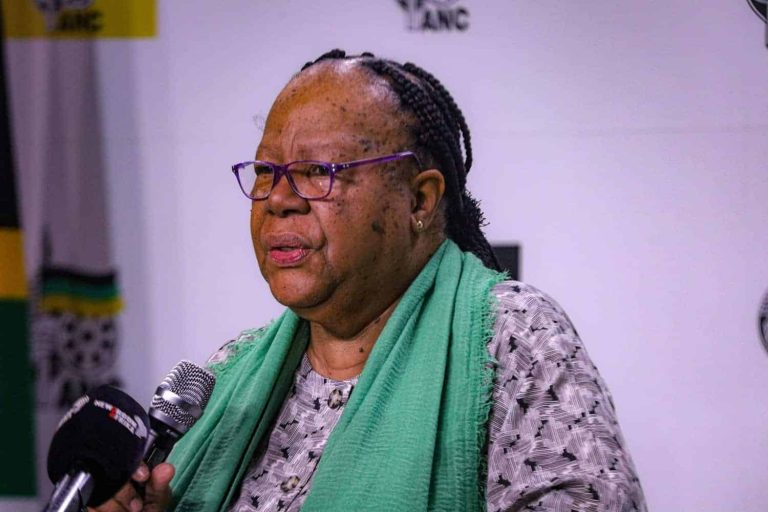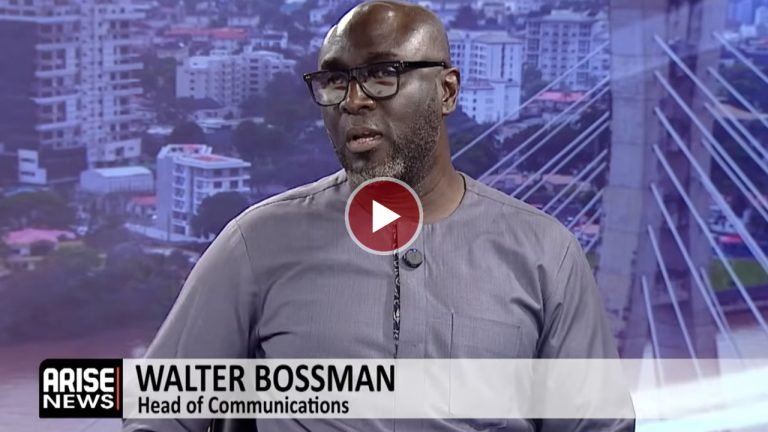
The Central Bank of Nigeria (CBN) has assured government entities and public institutions that their funds in commercial banks remain safe and accessible, despite the recent decision by the Monetary Policy Committee (MPC) to impose a 75 percent cash reserve ratio (CRR) on non-Treasury Single Account (non-TSA) public sector deposits.
In a clarification issued through a Frequently Asked Questions (FAQ) document published on its official website Tuesday, the apex bank stated that the new CRR measure will not restrict access to funds held by ministries, departments, agencies (MDAs), parastatals, or state-owned enterprises in commercial banks.
“Funds belonging to these accounts are safe and are accessible at the commercial banks at any time,” the CBN said.
“Commercial banks have in-built mechanisms for managing liquidity and meeting legitimate obligations of all their customers, including owners of these accounts.”
The MPC had, at its most recent meeting, introduced several monetary policy adjustments aimed at taming inflation, stabilising the financial system, and managing excess liquidity.
One of the key changes was the introduction of a 75% CRR on non-TSA public sector deposits. These deposits refer to government-related funds that are still held in commercial banks rather than being consolidated into the Treasury Single Account — the federal government’s centralized revenue collection system.
The apex bank explained that the new reserve requirement is designed to reduce excess liquidity, particularly that which is not being monitored through the TSA framework. This, according to the CBN, will help curb inflationary pressures and support the ongoing disinflationary momentum.
“The requirement is intended to ensure that non-TSA public sector deposits do not add to inflationary pressures and undermine the current momentum of disinflation,” the CBN said.
In a balancing act, the CBN also reduced the general CRR for commercial banks to 45%, from previously higher levels, in an effort to ease liquidity pressures and boost credit creation.
“The recent reduction in the CRR by the MPC seeks to ease the liquidity burden on commercial banks, thereby providing more room for productive lending and intermediation,” the CBN added.
To further stabilise the financial system, the MPC narrowed the Standing Facilities Corridor (SFC) around the Monetary Policy Rate (MPR) to +250/-250 basis points, from the previous asymmetrical +500/-100. This means the central bank will now charge more balanced rates for short-term borrowing and deposits by commercial banks.
The new symmetric corridor is aimed at:
- Reducing volatility in overnight interest rates,
- Deepening interbank market efficiency, and
- Enhancing the transmission of monetary policy into the broader economy.
The CBN reiterated that commercial banks, backed by the central bank’s Standing Lending Facility (SLF), have sufficient tools to meet the liquidity demands of both public and private clients.
As such, government-related entities with non-TSA accounts will not experience any disruptions in accessing their funds, despite the higher reserve requirement imposed on banks.
The latest MPC decisions reflect the CBN’s ongoing tight monetary policy stance, aimed at tackling Nigeria’s persistent inflationary challenges, which remain above acceptable levels despite recent moderation.
With the new CRR rules, the reduction in banks’ general reserve requirements, and the restructured SFC, the apex bank is seeking a delicate balance between tightening excess liquidity and ensuring adequate credit availability to stimulate economic growth.



